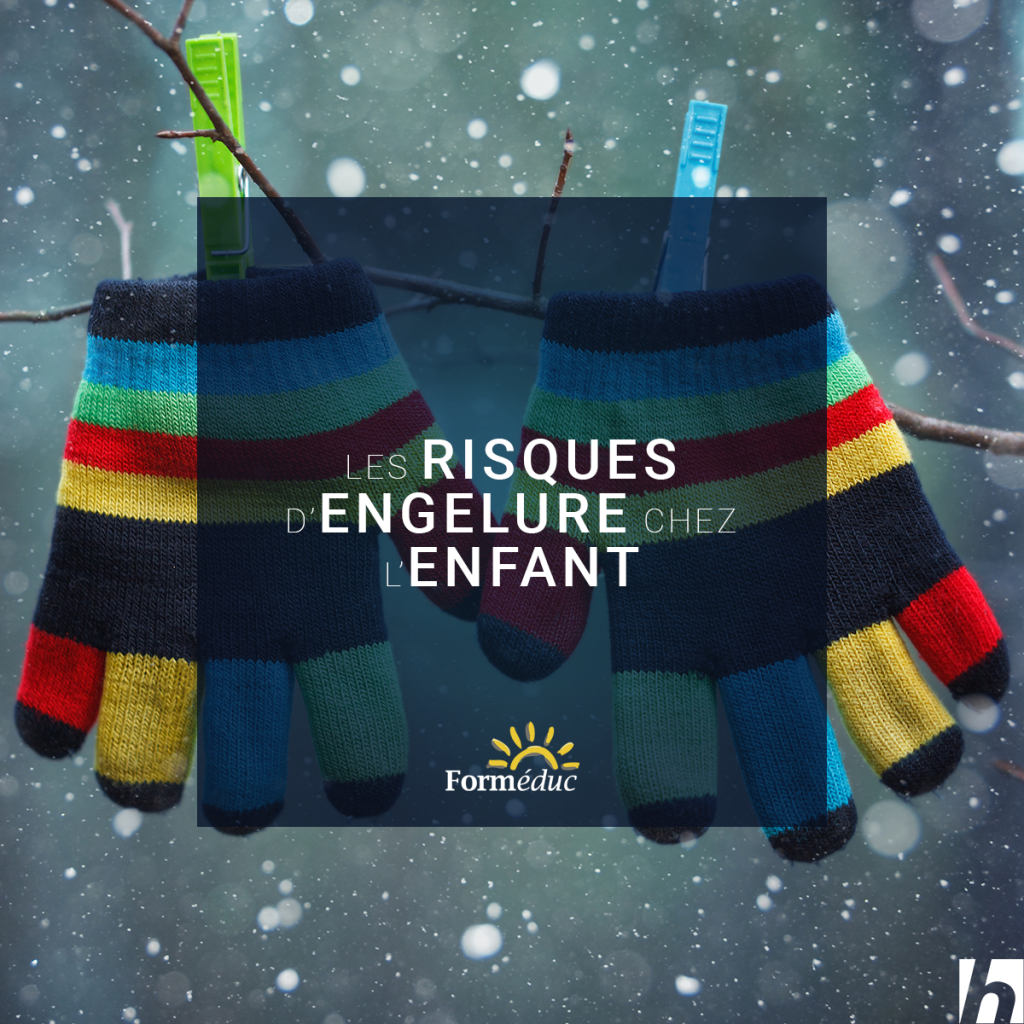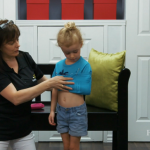

- 20 January 2020
- |
- Andrée Bouchard
Although winter is a pleasant season for outdoor activities, cold temperatures, wind and snow can be dangerous and cause frostbite. Since children radiate less heat than adults, and lack the ability to recognize danger signs, they can have fun without even realizing they’re freezing!
When the mercury drops, adults need to be vigilant and keep a close eye on flushed cheeks and ears, as well as toes and fingers that throb, tingle or feel like they’re burning. These are signs that frostbite is on the way, and that you need to take precautions to prevent it from getting worse.
Canadian Red Cross first aid courses provide information on environmental emergencies. For a course description or to register for a course: https://www.formeduc.ca/secourisme/
What is chilblain?
Frostbite is an injury caused by the cold and generally localized to extremities or parts of the body exposed to the cold, such as fingers, toes, ears, nose and cheeks. The first signs of chilblains are red, swollen, painful or tingling skin due to the cold. If the skin is not warmed, it can turn from red to gray to white, and lose its sensitivity or mobility (the affected limb moves stiffly). This is more severe frostbite. Like a burn, severe frostbite can also lead to blistering.
What to do in case of frostbite?
As soon as signs of frostbite appear, it’s time to go inside and warm up.
- Remove wet clothes and replace with warm, dry ones;
- Gradually warm the frostbitten area with body heat, e.g. by placing the frostbitten parts on the warmest areas of the body, such as the hands if they are warm, the torso, armpits or crotch, or with lukewarm water (no hot water!) and avoid direct heat (fireplace, hair dryer) which could burn the skin, which is already very sensitive due to frostbite;
- Be sure to keep the affected area warm. Damage can be very serious if the skin is re-exposed to the cold;
- Do not rub or massage the affected area. When tissues freeze, ice crystals form between the cells. If the skin is rubbed, these crystals can damage the tissue;
- Avoid walking if feet are affected;
If, after 30 minutes of warming, the skin appears to be turning black, blisters form on the skin, or the child experiences intense, persistent pain, go to the emergency room or consult a doctor immediately.
How can we prevent frostbite in our little ones?
The best way to prevent frostbite is to dress your child warmly with several layers of clothing. Whenever possible, choose a waterproof snowsuit that will keep your child dry longer.
Here is a list of additional precautions to take to avoid frostbite:
- Mittens are preferable to gloves;
- Check that caps and hats cover the ears, and protect the face with a scarf or balaclava;
- Avoid having your child wear boots or mittens that are too small or too tight, as they encourage moisture and heat loss;
- If your child’s clothes are wet, replace them with dry ones, as wet clothes accelerate heat loss;
- Encourage the child to move (e.g., walking instead of dragging on a sled);
- Before going outside, check the wind chill index. Generally speaking, outdoor activities should be limited when the thermometer is below -25 degrees;
- Do not let children play outside alone. Children under 8 should always be supervised when outdoors. Regularly check on older children who play outside for long periods;
- Outdoor activities in cold weather are a source of dehydration. Take breaks indoors and offer hot drinks to warm up (hot chocolate, chicken broth) and healthy snacks;
Finally, frostbite can also occur in adults. As a result, the same care and precautions apply.




